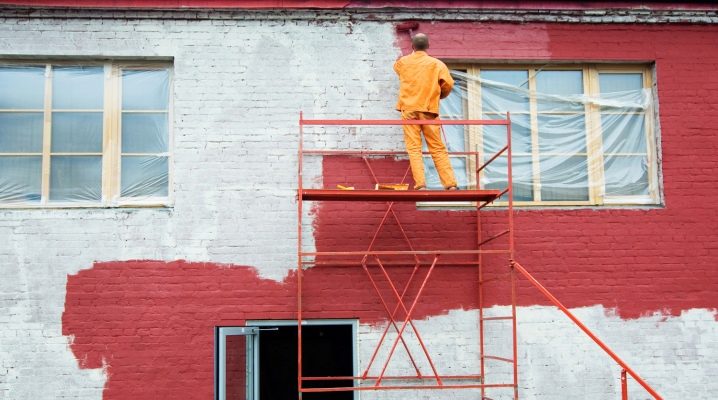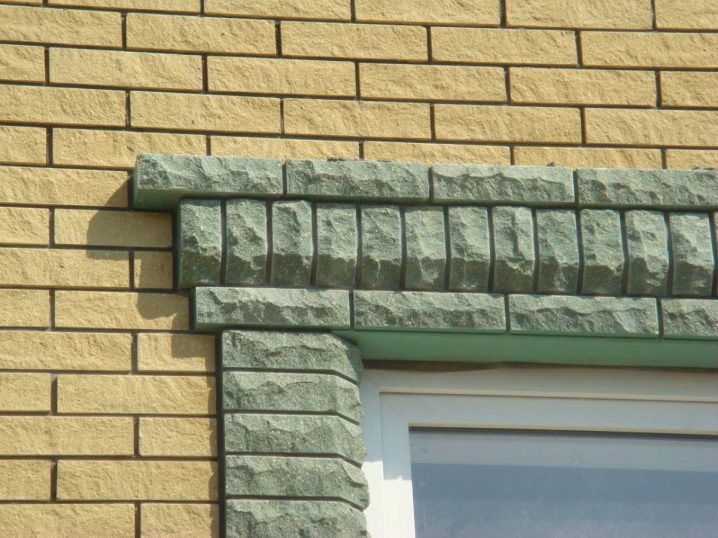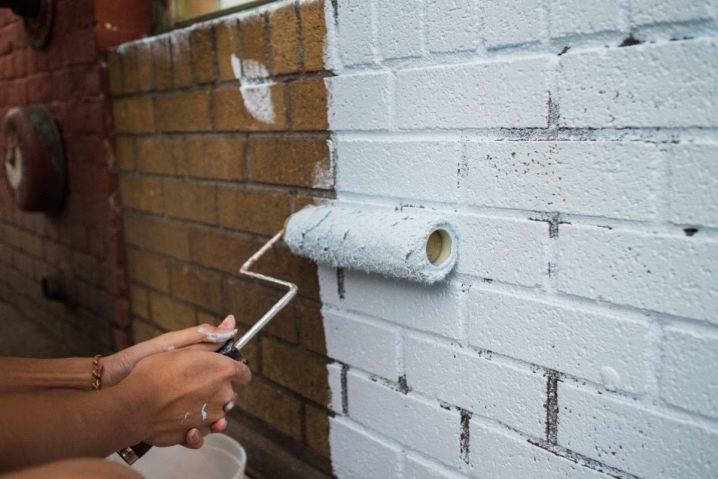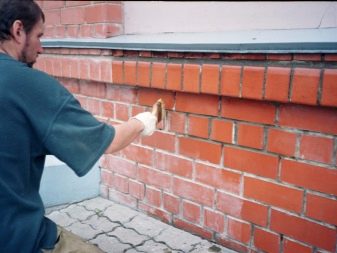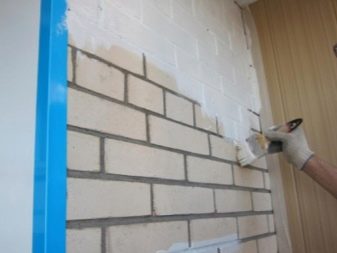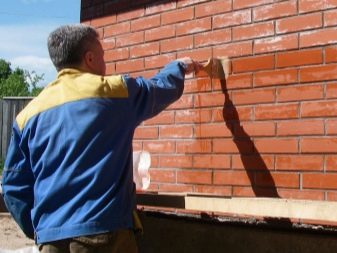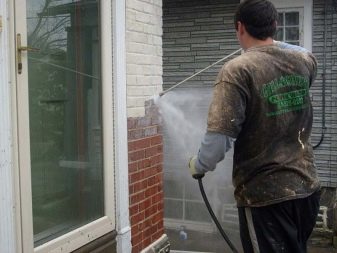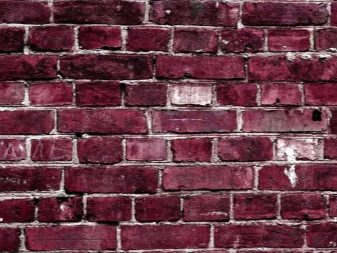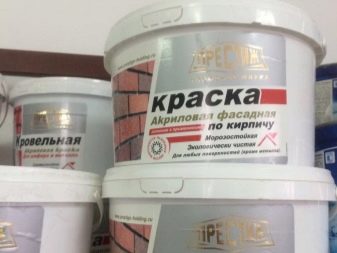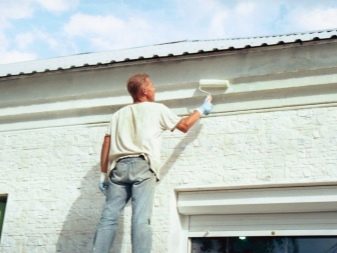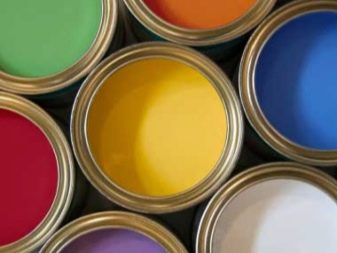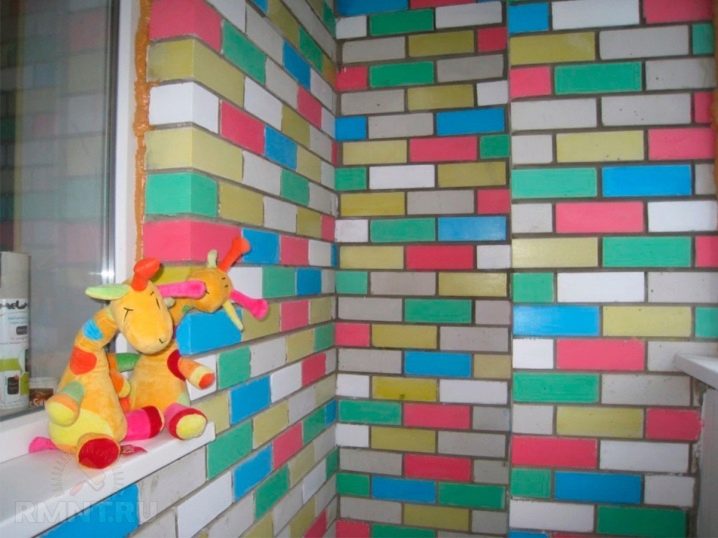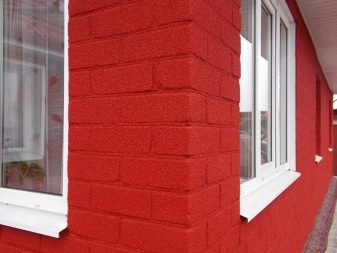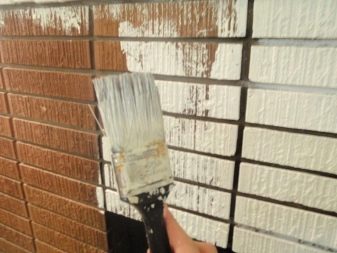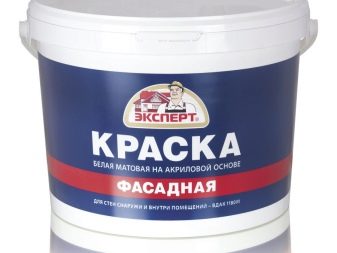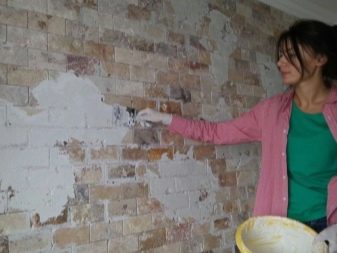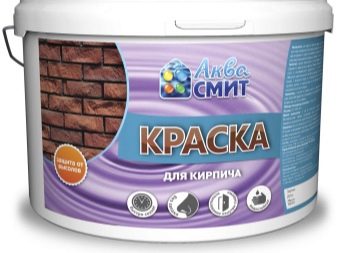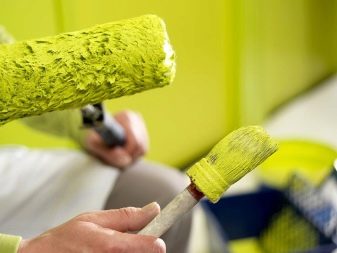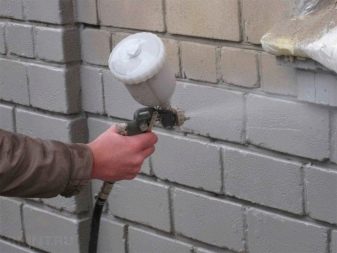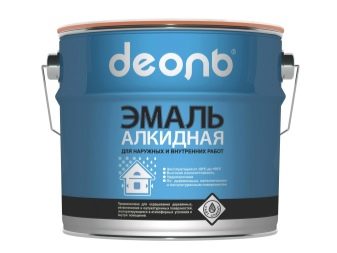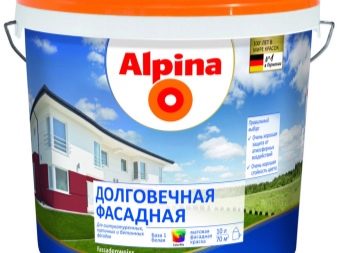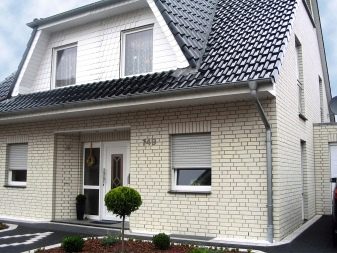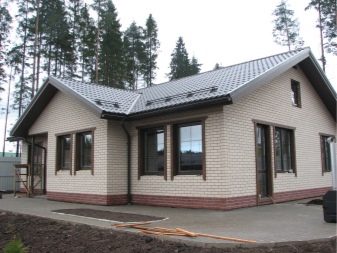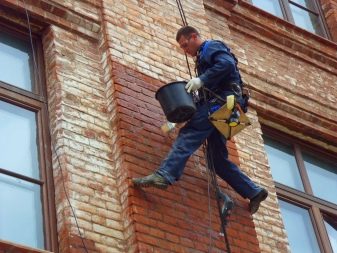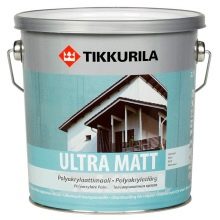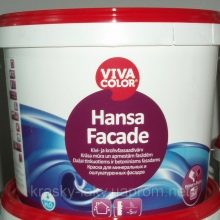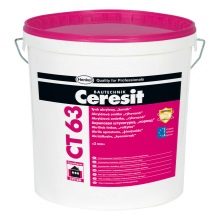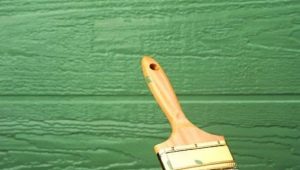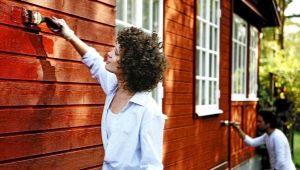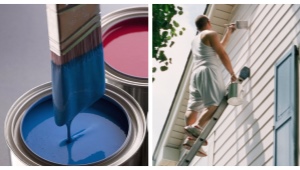Exterior paint for exterior brickwork: the pros and cons
Front types of paints are designed for outdoor work. They all have their own distinctive features, advantages and disadvantages. Brick work special compositions designed to increase the strength of the material.
Criterias of choice
Brick walls, to give them a more aesthetic look, in most cases, do not paint. Coatings are treated to protect against external negative influences, making the brick more resistant to high humidity and temperature changes. For coloring compositions intended for painting bricks, there are general requirements.
The selection should be guided by such important criteria:
- resistance to UV rays, otherwise there is a risk of fading, cracking and peeling of the outer layer;
- high water resistance to protect the coating from high humidity, rain and snow;
- optimum vapor permeability, contributing to the "breathing" of such a porous material, like a brick, and producing a full moisture exchange, normalizing humidity in a residential area;
- long service life of a paint and varnish product and its resistance to any effects of alkali, which is possible only with quality components and proper manufacturing technology.
There are other requirements that help to choose the right option:
- it is desirable to select a material that has an average drying speed, which makes it possible to correct defects, which is impossible when using a fast-drying composition;
- maximum adhesion will give the surface strength and will do without the use of a primer mixture;
- in order to save, you need to buy not too thick paint - in addition to high-quality coating, you can achieve less consumption per square meter.
With all the useful qualities of the material do not hope for its low cost.It is on the important operational and technical properties that the real price of facade structures depends.
Water based inks
Water-based paints, included in the group of water-dispersion materials, are created on a water basis, which, upon evaporation, forms a colored layer of coloring pigment. Despite the opinion that the composition is easily washed off, this material has the ability to retain its original appearance when exposed to precipitation. Such paints in their consistency are emulsion. In addition to the coloring pigment and water, they contain additives introduced to improve technical qualities - plasticizers and antifreezes.
Antifoaming agents are used to reduce the formation of foam, and antiseptics are added to prevent mold and fungus.
Facade paint differs from analogs in its resistance to frost and sunlight, it has a high water resistance and repels dirt.
Water-based paints have the following advantages:
- ease of use;
- relatively low consumption per square meter;
- increased vapor permeability;
- high fire resistance;
- long service life - up to 5 years;
- no odor due to the natural composition that does not contain toxic substances.
Products have one major drawback - the impact of water on a fresh, wet surface can cause smudges.
The composition is applied with a brush or roller, for large volumes of work it is recommended to use a spray gun. Spraying provides smooth staining and high-quality processing of areas with difficult accessibility. This reduces the consumption of material and increases the speed of the workflow. Water-soluble compounds suitable for silicate, gypsum, simple brick, as well as furnaces and pipes of furnace heating.
Acrylic Latex Compounds
Acrylic blends are successfully applied to the facade with brickwork. These are water-based materials, which, as emulsifiers, include particles of natural or artificial rubber. In fact, latex is the definition of the dye itself and, at the same time, its useful property, which allows you to create a strong protective film on a material such as brick.
The advantages of latex coatings are obvious:
- paint has high vapor permeability and moisture resistance;
- when using eliminates the appearance of bubbles;
- treated surfaces dry quickly, resistant to aggressive effects of alkalis;
- mechanical wear resistance and durability of the base increases;
- using different proportions, you can achieve the effect of a matte or shiny coating.
Salt stains are a dangerous destructive process that a brick can be exposed to, but using latex acrylic blends can solve this problem, since the protective layer prevents efflorescence.
In addition, the paint is not afraid of changes in temperature, ultraviolet radiation, is characterized by optimal elasticity and high adhesion. The material is considered safe because it lacks organic solvents. However, the disadvantages of such coverage still exist. Acrylic compositions with latex content cannot protect the facade from germ multiplication. In addition, at high temperatures, the material can ignite, which leads to cracking of brick walls.
Alkyd facade materials
The coloring material is obtained by mixing alkyd resins, pigments and solvent.Before dyeing, the composition must be diluted with kerosene or linseed oil. Additional substances in the form of heat-polymer, antifungal and pixotropic components improve the performance of the paint.
The advantages of alkyd formulations are:
- the formation of a dense protective layer on the brick;
- fast drying, unlike oil paints;
- water-repellent properties and high wear resistance;
- resistance to chemical detergents.
However, it is necessary to work with this material with caution - it cannot be attributed to harmless substances, and it also has an unpleasant, pungent smell. Other disadvantages - low refractoriness, lack of adhesion, poor color gamut. This is not the most popular type of paint for painting brick walls.
Silicate paints for exterior works
For such a mineral surface as a brick, a silicate facade material is suitable. The durability and reliability of such a coating is due to a composition containing chromium oxides, lead, azure, talc, white and liquid glass.
Advantages of silicate paints:
- antifungal effect;
- long operation;
- immunity to household chemicals;
- ease of application;
- resistance to ultraviolet rays, moisture and critical temperatures;
- affordable price.
The disadvantages include:
- the need for protective equipment at work;
- low elasticity that does not allow to repair damage;
- the composition should not be applied to surfaces treated with organic solutions.
Silicate-silicone dyes with high vapor permeability and moisture resistance can be used for brickwork and furnaces.
Manufacturers
At the moment, qualified builders advise to use paint products from proven manufacturers such as Tikkurila (Euro Facade), Hansa Silicat - a Swedish-based silicate composition, and Kieselit. Among domestic products, Ceresit-ST54 paint was the most highly rated. Good quality facade dyes are offered by the Russian company Skim.
Review of the cheap and expensive exterior paint, see the following video.
